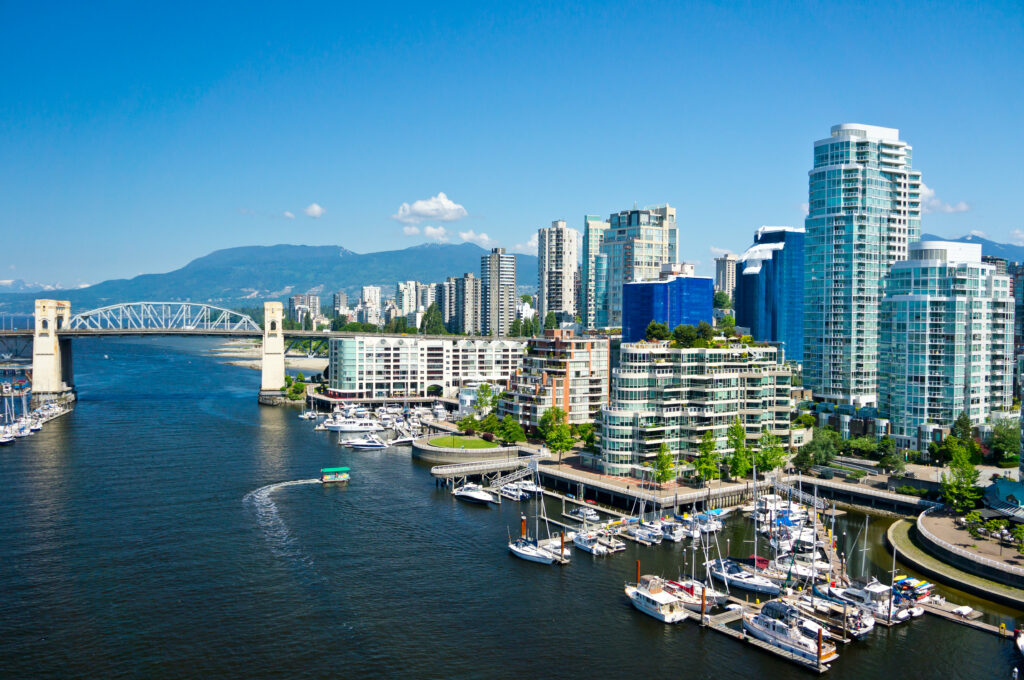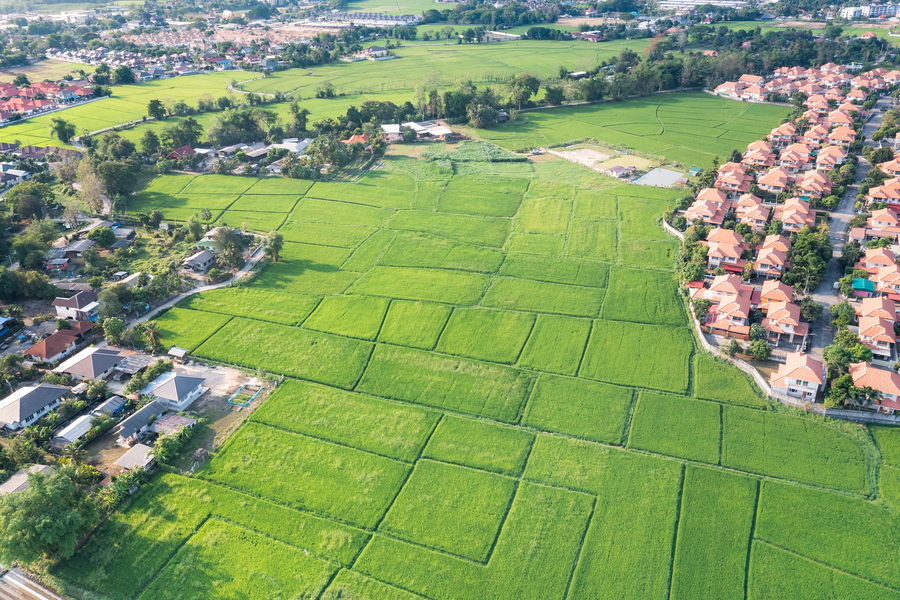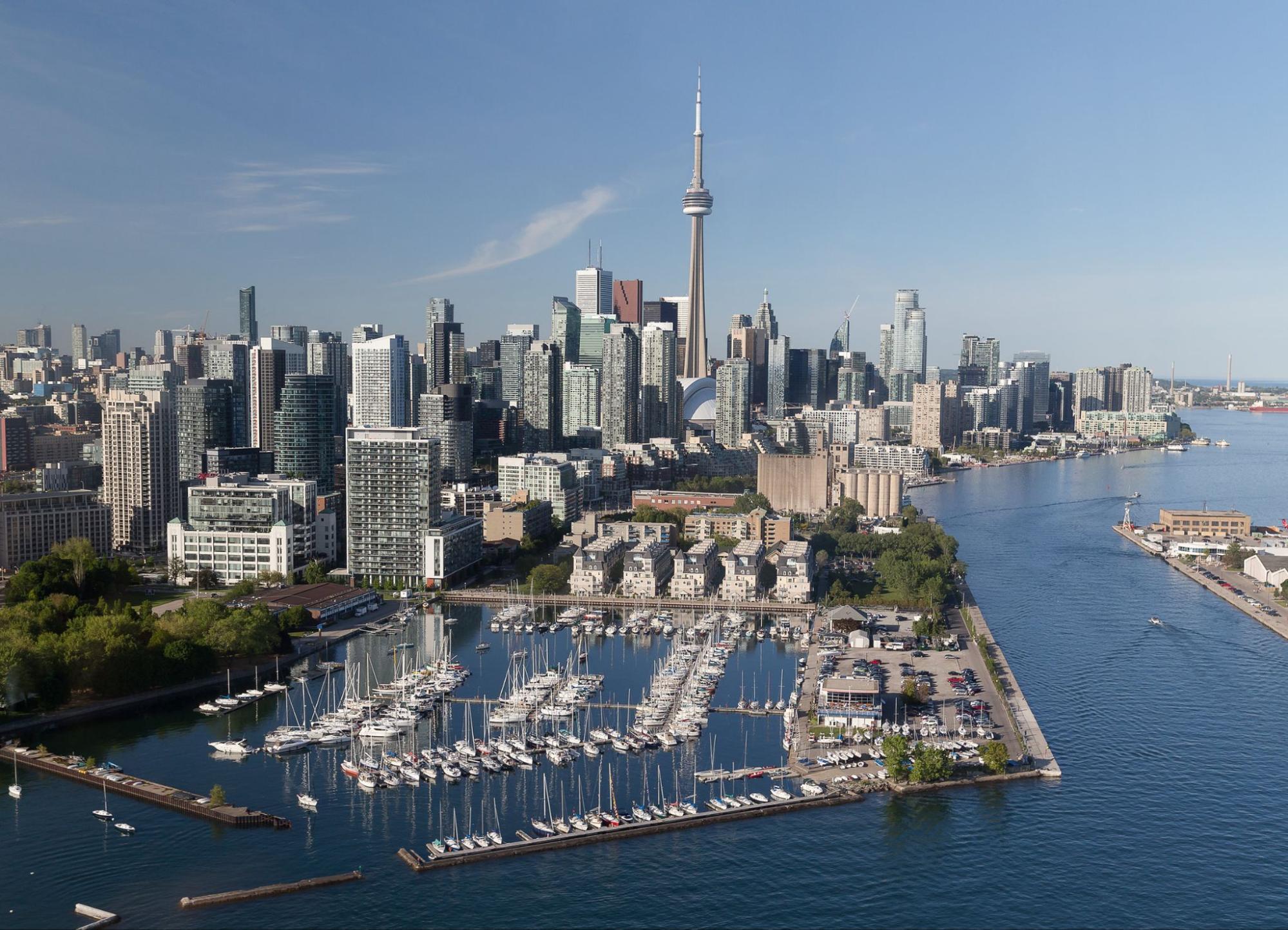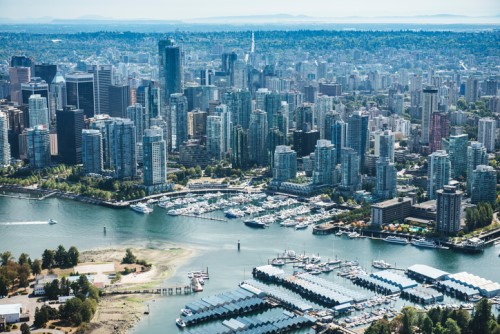The industrial vacancy rate in Vancouver has dropped to 0.6% and, unsurprisingly, it’s driving up prices.
One reason for such a low vacancy rate is the dearth of land on which to build, Jason Kiselbach, managing director and senior vice president of CBRE Vancouver, says.
“One of the fundamental issues we have in Vancouver is supply of available land for industrial—you have a mountain to the north, an ocean to the west, the U.S. border to the south, and an agricultural land reserve to the east,” Kiselbach said. “It may look like land is available for development but it’s restricted.”
Consequently, demand for industrial space has vastly outpaced demand, with most projects in development already pre-leased, Kiselbach added. In fact, as of September, the average asking lease price in Vancouver is $15.37 psf.
One of the complicating factors is, because demand for industrial space is driven by e-commerce, which requires proximity to population centres, it isn’t feasible to build facilities further away where there’s an abundance of land. However, Kiselbach says that Abbotsford and Chilliwack, which are roughly an hour outside of Vancouver, would be sufficient.
“Lease rates have escalated over the last three years and vacancy rates have compressed, but there have been a few things we’ve learned: for industrial, you need to be close to where the population is, so some companies just have to be in Vancouver to get same-day delivery to customers,” Kiselbach said. “Also for industrial, real estate accounts for 6% of companies’ expenditures. The cost of real estate isn’t as important as location, labour and transportation costs, so we haven’t hit a point where people say they can’t afford to be in Vancouver. But at the same time, some companies are lowering their footprints in Vancouver and doing more work from Calgary.”
In the next year, Vancouver will not have an industrial-use facility with more than 50,000 sq ft, highlighting both the critical shortage and the need to plan years in advance. Larger facilities take about three and a half years to complete and, Kiselbach says, approvals in certain jurisdictions aren’t cumbersome like they can be for residential developments.
Still, don’t expect prices to contract, especially considering there’s 6 million sq ft of construction occurring in the sector right now.
“But it can’t be delivered fast enough and it’s pre-sold before it’s delivered, and that’s how it will continue to operate,” he said. “Developers will continue looking further outside the core.”
Neil Sharma is the Editor-In-Chief of Canadian Real Estate Wealth and Real Estate Professional. As a journalist, he has covered Canada’s housing market for the Toronto Star, Toronto Sun, National Post, and other publications, specializing in everything from market trends to mortgage and investment advice. He can be reached at neil@crewmedia.ca.









